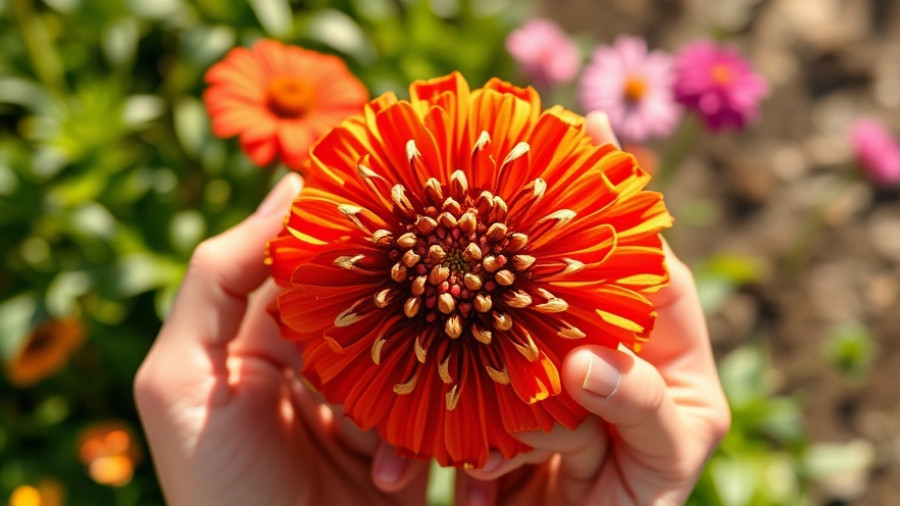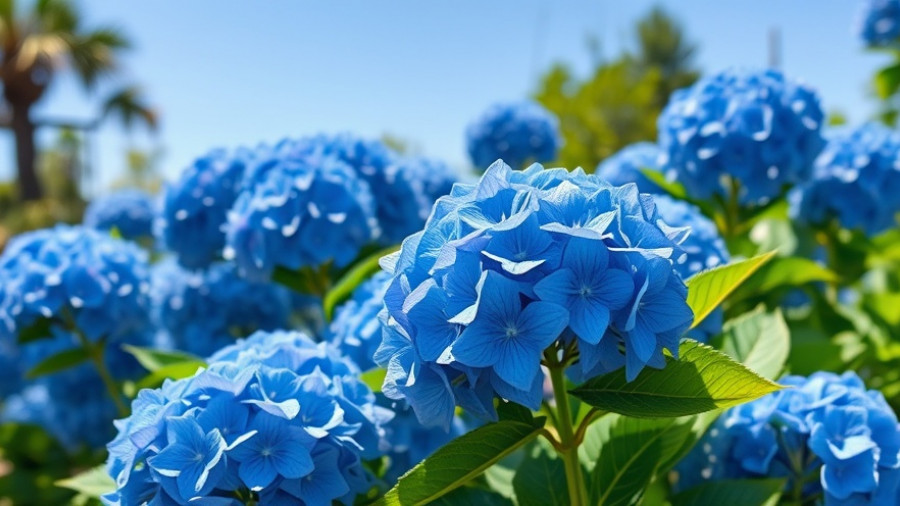
Getting Ready for a Productive July in Your Garden
July is the heart of the summer, buzzing with vibrant flowers and ripening vegetables. For gardening enthusiasts, it's a crucial month that blends maintenance and preparation, creating the perfect opportunity to ensure your garden thrives throughout the hotter months.
Essential July Gardening Tasks
This month, as the heat weighs down upon us, it's vital to stay proactive in your garden. From weeding and mulching to deadheading, these tasks not only keep your garden tidy but also significantly enhance plant health. The positive outcomes of good practices during July will pay off as the temperatures rise and fall later in the season.
Weeding and Mulching: Your Top Priorities
If you want to set your garden up for success, weeding and mulching should be at the top of your to-do list. Weeds that sprout in July can rapidly proliferate, crowding out your carefully cultivated plants for nutrients and water. If left unattended, they can go to seed, causing even more issues next year. Start by pulling weeds before they flower, followed by a fresh layer of mulch to suppress their regrowth. A well-mulched garden retains moisture and keeps roots cool, significantly reducing stress on your plants.
Deadheading for Blooms: How to Keep Your Garden Glorious
Another significant task for this month is deadheading. Many perennials and summer bloomers thrive when regularly deadheaded. Not only does this promote new blooms, but it also keeps the garden looking neat and manicured. Remove spent flowers by cutting the stems back to a node, redirecting energy to promote further flowering rather than seed production. This care will extend the blooming period, allowing your garden to foster beauty longer into the season.
Planning Ahead: Future Gardens in the Making
July also presents an excellent opportunity for strategic garden planning. As you take care of current plants, consider what you might want to grow in the fall. Seasonal planting guides can help map out your fall garden while ensuring you plant cover crops or vegetables that thrive in cooler temperatures, such as kale and carrots. Such planning ensures continuous production and beauty in your outdoor space.
Harvest Time: Enjoying the Fruits of Your Labor
Perhaps the most satisfying aspect of July gardening is the harvest. Enjoying the fruits of your labor—whether it be juicy tomatoes, fresh herbs, or vibrant zucchinis—is incredibly rewarding. Regularly check your plants for ripe produce, as timely harvesting encourages more blooms and fruit production. Don't forget to share with neighbors or friends to foster community and celebrate local bounty!
Care Against Pests and Diseases
As we revel in summer blooms, it's essential to stay vigilant against pests and diseases. A little preventive care goes a long way in protecting your plants. Utilize eco-friendly yard care tactics, monitoring plants regularly for signs of trouble while employing organic solutions when necessary. Keeping a healthy balance in your garden will ensure even those pesky invaders do not ruin your joyful harvest.
Creating a Beautiful and Functional Outdoor Space
This July, as you immerse yourself in your gardening journey, consider upgrading your space with innovative ideas. Thoughtfully designed outdoor areas like fire pits or paver patios add both utility and aesthetic appeal to your backyard. Imagine gathering with loved ones around a cozy fire or enjoying a meal prepared in an outdoor kitchen. These enhancements transform a garden into a gathering place and center of community.
Final Thoughts on Your Midsummer Gardening Journey
Embrace July as a time when your hard work pays dividends. Lawn care, landscaping, and thoughtful planning all contribute to a flourishing garden. As you cultivate your space, consider your gardening goals and continue nurturing that connection with nature. Every task and every plant is an opportunity to enhance your experience outdoors.
Are you inspired to care for your garden this midsummer? Share your gardening stories or ask for advice. Join your local gardening community and strengthen those essential ties within your neighborhood!
 Add Row
Add Row  Add
Add 




Write A Comment